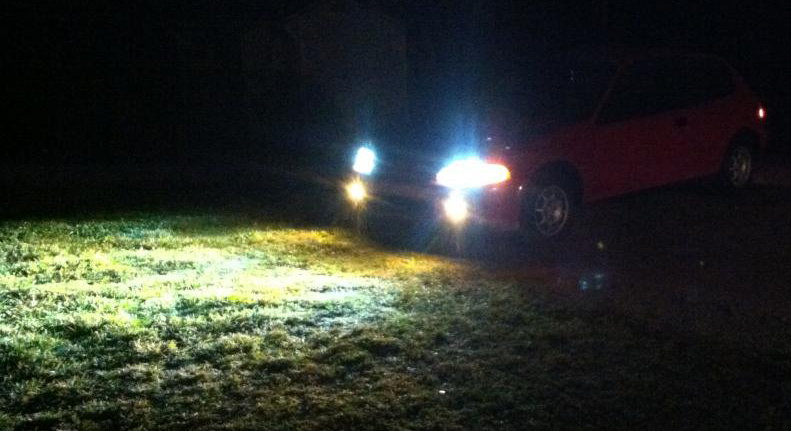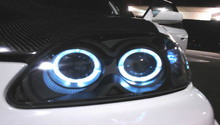Honda Civic: Exterior Light Modifications
New headlights are a cool way to set your Honda Civic apart from the crowd. They also enhance your driving experience and performance. This article will go through the list of best light modifications to add to your Honda Civic.
This article applies to the Honda Civic/Del Sol (1992-2000).
The headlights and fog lights in your Honda Civic are used to illuminate the road ahead. Headlights enable you to see the road at night, while fog lights cut through the fog, mist, and snow for improved visibility. Generally, fog lights are made to reduce the reflection of the aforementioned weather hazards, and are mounted in a lower position on the front end of your car. Daytime running lights (DRLs) are a bit different; they're actually very bright marker lights that enable you to be seen rather than for you to see through darkness or the weather.
The important things regarding your lights are performance, visibility, lifespan, and rate of coolness. Lighting modifications consist of changing the technology used for your lighting preferences. They could be LED, HID, or Halogen lights, but this article will get to the specifics soon enough. This article will focus on the lighting options for you Civic's headlights, fog lights, or DRLs. It will also provide a quick summary of the lighting options, and a comparison of their technological aspects.

LED Headlight Bulbs

DIY Cost – $30-$150
Professional Cost – $75-$100 per hour for labor
Skill Level – Easy; basic skill levels are required to access the headlight bulb.
LED bulbs use a semiconductor junction to emit light, which simply means that the electrical current in the light bulb flows in one direction. This property of LED bulbs also happens to make them more efficient because they produce almost no heat.
Halogens and HIDs are claimed to be the brighter technologies at this time. However, as the technology of LEDs continue to improve, so does their consumer ratings. The majority of reviews on LED lights rate them as positive. LEDs claim a longer lifespan than other technologies, and some also think they have a cooler appearance. Newer LEDs are beginning to produce similar amount of light as the others technologies. But with brighter light, also comes more heat. So if you're looking for higher quality LED bulbs, choose those that also come with a fan and heat sink. Recommended for its positive ratings, and for its longer lifespan.
High-Intensity Discharge (HID) Lamps

DIY Cost– HID kits start at $75 and go up based on quality
Professional Cost – $75-$100 per hour for labor
Skill Level – Moderate; requires a little more than replacing a light bulb.
HID lights work by igniting a gas, and creating a high voltage arc similar to a welder. They are one of the most efficient light technologies because of their color temperature, as well as for the amount of light they emit. They have almost double the lifespan of halogen light bulbs, and sustain a high amount of light with for a smaller amount of power. However, the downsides to these lamps are their higher costs, and ability to disturb or blind those in front as well as behind you. Recommended for its energy efficiency capabilities.
(Related Article: How to Install HID Headlights - Honda-Tech.com)
Halogen Bulbs

DIY Cost – $30-$50 for a pair
Professional Cost – $75-$100 or free at some parts stores
Skill Level – Easy; it requires basic skills.
Halogen light bulbs use filaments (heated wires) to emit light. However, a halogen gas is used to keep the tungsten from blackening under the intense heat in order to prolong the bulb's lifespan. There are two issues with filament-based lighting technologies being used for automotive applications. First, they operate at high heat, and second, the road vibrations can cause the wire (filament) to break. This is why LEDs are given longer lifetime ratings. But the main reason why halogen lights are a popular choice is because they are the most cost effective of the three lights mentioned. Recommended for its cost effectiveness.
Pro Tip
Be careful handling hotter bulbs. Any skin oils on the bulbs' glass may cause a cool spot, and this is particularly true for halogens. When the heat expands the glass, it could fail in the area where you touched it. Wear gloves or a clean cloth when handling the bulb to avoid getting any contaminants on it.
Related Discussions, and Site
- HID Headlights - Honda-Tech.com
- LED vs. Xenon vs. Halogen - Honda-Tech.com
- Which Lights Are Best for My Car? - eBay.com






